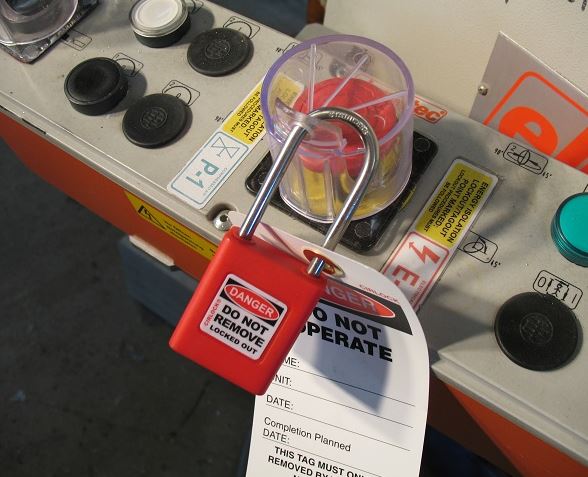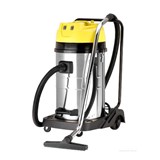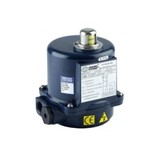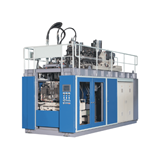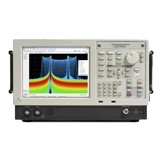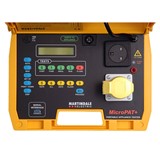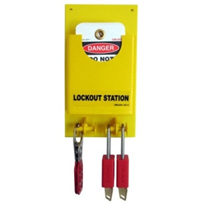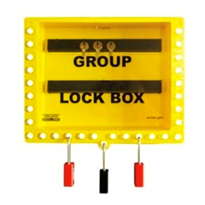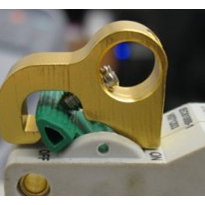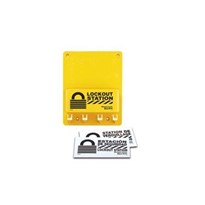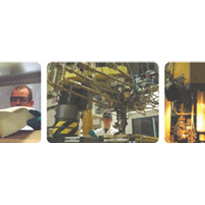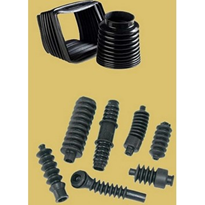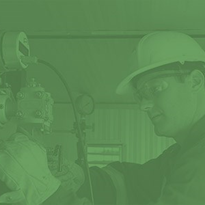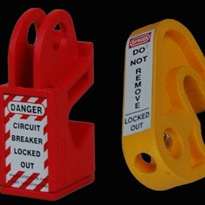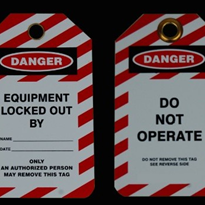We must encourage the development of a 'lockout culture' or 'lockout attitude' in all Australian workplaces.
Although many companies in Australia, especially large mining companies and some power stations, have implemented and actively use lockout / tagout procedures in their operations, there are many workers who still put their lives or health at risk in their daily work, by not using lockout systems or devices.
Most people will agree that it is necessary to 'turn off' (isolate) an electrical circuit from the electrical supply system, before working on it. Dangerous machinery usually gets 'shut down' during maintenance and cleaning.
It is also easy to understand that it is important to close a valve to a high pressure steam pipe, or hydraulic pressure system, before working on the pipe or associated equipment.
However, what causes many accidents or 'near misses' is the fact that the electrical switch or the isolation valve might be 'turned off', but is not being locked in the proper position, so it can unintentionally be 'turned on' by someone unaware of the work situation in progress.
The following 'old tale' scenario, I am sure, has been experienced, in various forms and degrees of seriousness, by many commercial and industrial electricians over time:
The office worker's computer will not function, so he/she decides to check the office switchboard. A circuit breaker on the switchboard is in the 'off' position. The office worker decides this must be the reason why the computer will not operate, and turns the circuit breaker on. A short while later a scream can be heard from the storeroom — from the local electrical contractor now being electrocuted, while installing a new power point on the same circuit.
If the circuit breaker had been fitted with a lockout device and a padlock — this would not have happened. Luckily in most cases electricians 'just get a zap' — and a scare — but it is a near miss that could easily have been prevented.
To use a 'Lockout System' is really quite simple — in its basic form it means to attach a padlock to, for example, a circuit breaker, fuse or valve, to prevent it from being operated.
During years of attending safety expos and conferences, I have heard many reasons given by employees and employers, as to why lockout devices and / or danger tags are not being used. From employees and sub-contractors:
"It's too much hassle"
"Most times I just put a bit of tape over the switch"
"We haven't got the right devices"
"The job is only going to take 10 minutes"
"We have always done it like this, and nothing has happened"
From employers the reason given is more often "because of the cost involved", or a lack of awareness of what is available. Often there are no workplace lockout procedures in place to follow or to guide workers.
Many of the reasons or excuses that I have heard for not using lockouts, are very similar to the excuses used years ago, when safety glasses and hardhats were being introduced as 'must have' to most workplaces. Similar arguments were used when seatbelt in cars where introduced many years ago. Hardhats, safety glasses and seat belts are now things that most people today think of as natural and common part of daily life.
It is my opinion that a culture or 'attitude' of lockout / tagout use on all energy sources must be encouraged to develop in all Australian workplaces.
In many Australian workplaces, although the concept of 'locking out' energy sources, like fuses and circuit breakers, has been known for many decades, it seems to have a long way to go before it becomes 'normal practice'.
Accidents do happen – but don't have to
When we think of energy sources, it is mostly electrical circuit breakers, fuses, high pressure valves and hydraulic systems, that spring to mind. However we must also think of other potential hazards, such as booms or machine parts that will move when pressure is lost, or brake systems that will release if power is removed.
Every year many workers in Australia are either killed or seriously injured, resulting from preventable accidents caused by energy sources — including stored energy.
In 2005 a maintenance worker was killed when a large roller on a paper-making machine fell on him — this could probably have been prevented by simple use of wooden blocks, to take the weight.
In 2006 an employee suffered fatal crush injuries while cleaning the inside of a large mixer, when it was accidently activated during the cleaning process. A simple locking device could have prevented this accident. According to court records most employees knew that the task was unsafe.
Every year bad accidents happen, caused by unsafe work near or on live electrical equipment or dangerous machinery.
One particular unsafe practice, I sometimes think back on with horror, was many years ago when I was working as a electrical contractor on hire to a large underground mining operation. We would work with mine employed electricians, and relied on their verbal advice that electrical isolation was done. We did not have any high voltage testing tools available, so when I opened a termination box with 3.3 kV (3000 Volts) cables to work on, I would throw in a large spanner before touching any terminals. If the spanner did not come out again, from the force of a short circuit, it should be okay to touch — scary stuff.
Today I would insist on placing my personal lock and danger tag on the main isolation switch to the equipment in question, and I would do the correct tests before starting any work. At the time we didn't even have locks issued.
The equipment is available
These days lockout / tagout equipment is readily and easily available. The concept of 'locking or tagging out' has also been known for many years.
A wide variety of lockout devices — products which enable workers to place padlocks on circuit breakers, fuses, plugs, hoses, valves and machine parts — are available as standard items, and all of these are easy to use and cheap to buy, when compared to the cost of a life or a bad injury.
Lockout devices and danger/warning tags are being produced and marketed by several companies. Cirlock is an Australian company that produces most of its lockout parts in Australia. Lockout equipment can be obtained from most electrical and industrial wholesalers as well as a large number of safety shops, and even online.
What industry needs to do about it
As we humans are often slow to adapt to changes (especially when it isn't caused by exciting new technology), it's likely to take about one generation before the use of lockout / tagout equipment is to become 'second nature'.
Legislation can be used to encourage companies and workers to implement safer work practices. Current legislation put in place by some states in regards to lockout use is very vague and needs to be 'toughened up' to have a real impact.
Queensland seems to be on the forefront with an actual requirement that lockouts must be used, at least in the electrical and mining industry.
Education should be used. The use of lockout / tagout should be part of all apprenticeships and other technical training and educations. Engineering studies should include practical ways to make energy sources safe to work with (lockable).
We must encourage everyone to have a better lockout / tagout attitude, because it saves lives.


